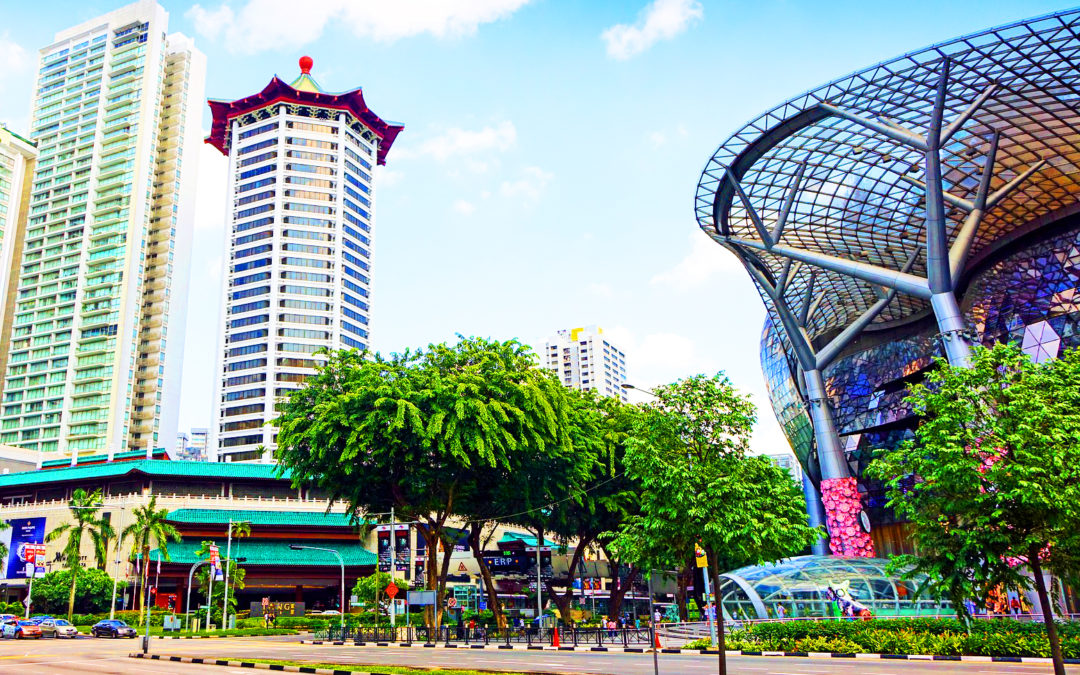Singapore experienced a quarterly growth rate of -0.7% from April to June 2012. However during the same period, inflation rate remained high at about 5%.
Explain why inflation can remain high despite a slowdown in economic growth in Singapore. [10]
Introduction
Inflation is a sustained, inordinate and general increase in prices. When this occurs, it implies that the price level has increased over the previous year and this is measured by the consumer price index. Economic growth refers to the growth of the production in term of actual or potential production capacity. Slow economic growth may lead to a fall in real GDP which is the value of GDP in real terms after correcting for inflation.
Main Body
1) Explain the meaning of slow economic growth and how it occurs
Slow economic growth may arise in the economy due to the following reasons. Firstly, the economy may lack financing in terms of lower tax revenue and reserve built up from previous budget which implies less funds for the government to use to finance their budget, which consequently result in limited government expenditure. Next, the economy may suffer from the loss of export competitiveness due to changing terms of trade or loss of comparative advantage which limits the net export growth of the country. Furthermore, lower business sentiments and consumer confidence may also impact the influence of investment and consumption expenditure on the economy and hence facing slower growth.
2) Explain why slow economic growth will contribute to inflation
With a slow increase in aggregate demand when the economy is at the rising cost condition, demand-pull inflation will ensue. Demand-pull inflation occurs as a result of the rise in aggregate demand, leading to an excess demand condition and a rise in price level, only when the economy is experiencing rising cost condition or full employment condition. As such, even when the economy experiences slow economic growth with moderate increase in aggregate demand, inflationary pressures will arise.

As seen from the diagram, the slow rise in AD from AD₀ to AD1 will lead to an increase in real GDP from Y1 to Y2. However, at the same time, prices will increase from P1 to P2 given the economy is experiencing rising cost condition.
In addition, when the economy is full employment at Y2, the economy will experience an increase in national income in terms of nominal GDP but increase in prices, with no increase in real GDP.
3) Evaluation of the depending factors in the occurrence of inflation when there is slow economic growth
Finally, such a condition of inflation occurring simultaneously with slow economic growth occurs only when there is full employment condition. Furthermore, it depends on prevailing cost condition as any corresponding cost-push inflation will lead to a fall in real GDP instead.
Conclusion
In conclusion, the government should be aware of the increase in prices possibly occurring when there is slow economic growth so as to alleviate both the inflationary impact while stimulating economic growth.


